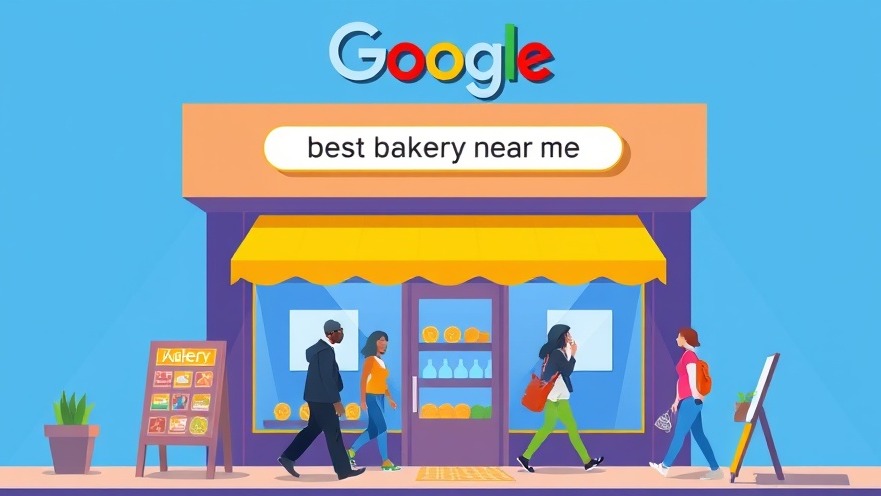In today's hyper-competitive digital landscape, referral
marketing has emerged as a game-changing strategy for businesses seeking to
accelerate growth, boost customer acquisition, and cultivate unwavering brand
loyalty. By harnessing the power of word-of-mouth recommendations from
satisfied customers, companies can tap into a potent network of trust and
credibility, expanding their reach to untapped audiences while significantly
reducing customer acquisition costs.
The concept of referral marketing is simple yet profoundly effective: incentivize your existing customers to become brand advocates by encouraging them to refer their friends, family, and colleagues to your business. This creates a self-perpetuating cycle of growth, as each new customer generated through referrals has the potential to further amplify your reach and attract even more customers. In fact, a study by the Wharton School of Business found that referred customers have a 16% higher lifetime value compared to non-referred customers, highlighting the long-term benefits of referral marketing.

To unlock the full potential of referral marketing, it's
essential to develop a well-structured, data-driven strategy that aligns with
your unique business goals and target audience. Here's a step-by-step guide to
implementing a successful referral marketing program:
Step 1: Define Your Goals and Target Audience The foundation of any effective referral marketing strategy lies in clearly defining your objectives and understanding your ideal customer profile. Start by setting specific, measurable goals that align with your broader business objectives, such as:
- Increasing new customer acquisition by X%
- Boosting customer retention and loyalty by Y%
- Driving revenue growth by Z%
Next, dive deep into analyzing your existing customer base to identify the key demographics, psychographics, and behavioral characteristics of your most valuable customers. This will help you tailor your referral program to resonate with your target audience and maximize its impact. For example, if your ideal customers are tech-savvy millennials, you may want to focus on mobile-friendly referral channels and social media integration.
Step 2: Design an Irresistible Incentive Structure The success of your referral program hinges on offering incentives that are both enticing to your customers and financially viable for your business. Strike a balance between providing meaningful rewards and maintaining a sustainable cost structure. Consider implementing a tiered incentive system that offers increasing rewards for multiple referrals, encouraging customers to become long-term brand advocates.
Examples of effective referral incentives include:
- Percentage discounts on future purchases (e.g., 20% off your next order)
- Free products or services (e.g., a complimentary month of subscription)
- Cash rewards or gift cards (e.g., $50 for each successful referral)
- Exclusive access to new features, products, or events
Case Study: Dropbox, the cloud storage giant, achieved remarkable growth through its referral program. By offering 500MB of additional storage space for each successful referral, Dropbox saw a 60% increase in signups and a 20% boost in user engagement. This simple yet compelling incentive structure helped propel Dropbox to multi-billion dollar success.
Step 3: Simplify the Referral Process To maximize participation in your referral program, it's crucial to make the referral process as seamless and user-friendly as possible. Implement clear, step-by-step instructions and provide shareable referral links that can be easily distributed through email, social media, or messaging apps. Consider integrating referral marketing software to automate the tracking and rewarding of referrals, ensuring a smooth experience for both your customers and your internal team.
Example: Airbnb, the global vacation rental platform, attributes much of its rapid growth to its user-friendly referral program. By providing customers with unique referral links and integrating social sharing buttons, Airbnb made it effortless for users to refer their friends and family. As a result, Airbnb saw a 300% increase in bookings from referred customers and a 25% higher referral rate compared to other customer acquisition channels.
Step 4: Promote Your Referral Program To drive widespread adoption of your referral program, it's essential to actively promote it across all customer touchpoints. Leverage email marketing campaigns, social media posts, website banners, and in-app notifications to educate your customers about the benefits of referring their network. Highlight success stories and testimonials from satisfied referrers to build social proof and encourage participation.
Example: Tesla, the pioneering electric vehicle manufacturer, has built a cult-like following through its referral program. By offering exclusive rewards like invitations to special events, free vehicle upgrades, and even a chance to win a free car, Tesla has created a viral buzz around its referral program. The company regularly showcases top referrers on its website and social media channels, further fueling customer engagement and advocacy.
Step 5: Measure, Analyze, and Optimize To ensure the long-term success of your referral marketing efforts, it's crucial to continuously monitor key performance indicators (KPIs) and adapt your strategy based on data-driven insights. Track metrics such as referral conversion rates, customer acquisition costs, and customer lifetime value to gauge the effectiveness of your program. Use A/B testing to experiment with different incentive structures, messaging, and referral channels to identify the most impactful combination for your business.
Example: Uber, the ride-hailing giant, has fine-tuned its referral program over time to maximize its ROI. By analyzing referral data and conducting user surveys, Uber discovered that customers were more likely to refer friends if they received a higher referral bonus. By adjusting its incentive structure accordingly, Uber saw a 30% increase in referral conversion rates and a 15% reduction in customer acquisition costs.
The Power of Referral Marketing: Real-World Results
The impact of referral marketing on business growth cannot be overstated. Companies that have successfully implemented referral programs have reported:
- 400% increase in new customer acquisition (Source: Referral Candy)
- 300% higher customer lifetime value for referred customers (Source: Wharton School of Business)
- 200% higher conversion rates for referred leads compared to other channels (Source: Conductor)
- 54% of marketers believe referral marketing generates a high volume of leads (Source: Invesp)
Real-Life Success Story: Harry's, the men's grooming brand, launched a pre-launch referral campaign that offered increasing rewards for referring more friends. This viral campaign helped Harry's acquire over 100,000 email subscribers before their official launch, setting the stage for explosive growth. Within two years, Harry's had captured 2% of the highly competitive men's razor market, a testament to the power of referral marketing.
Maximize Your Growth Potential with Digital Marketing All
At Digital Marketing All, our team of referral marketing experts is dedicated to helping you unleash the full potential of word-of-mouth growth. We'll work closely with you to develop a tailored referral strategy that aligns with your unique business goals, target audience, and brand identity. From designing irresistible incentive structures to implementing seamless referral tracking and optimization, we'll guide you every step of the way to ensure maximum ROI and long-term success.
Our proven track record speaks for itself: our clients have achieved an average of 250% increase in referral-driven revenue, a 150% boost in customer retention, and a 50% reduction in customer acquisition costs within the first year of implementing our referral marketing strategies.
Don't miss out on the opportunity to supercharge your growth and build a loyal customer base through the power of referral marketing. Contact Digital Marketing All today to schedule a free consultation and take the first step towards multi-million dollar success in the digital age.
 Add Row
Add Row  Add
Add 








Write A Comment